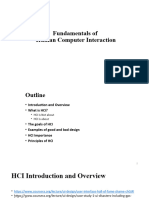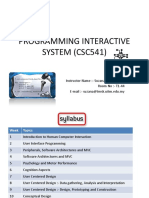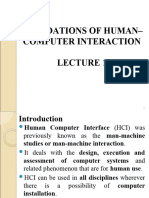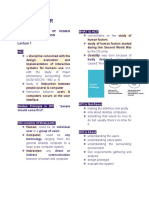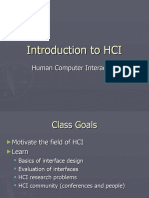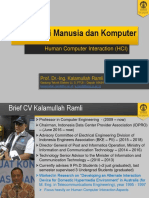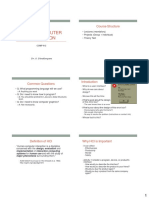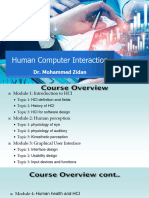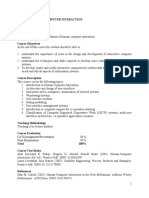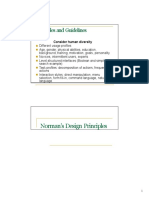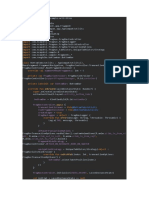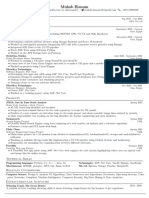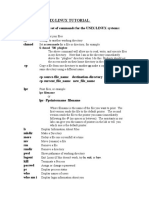0% found this document useful (0 votes)
82 views54 pagesLecture 1
The document provides an introduction to the course on Human Computer Interaction (HCI). It outlines the course objectives, textbook, policies and gives examples of good and bad interface design.
Uploaded by
Radish KumarCopyright
© © All Rights Reserved
We take content rights seriously. If you suspect this is your content, claim it here.
Available Formats
Download as PPTX, PDF, TXT or read online on Scribd
0% found this document useful (0 votes)
82 views54 pagesLecture 1
The document provides an introduction to the course on Human Computer Interaction (HCI). It outlines the course objectives, textbook, policies and gives examples of good and bad interface design.
Uploaded by
Radish KumarCopyright
© © All Rights Reserved
We take content rights seriously. If you suspect this is your content, claim it here.
Available Formats
Download as PPTX, PDF, TXT or read online on Scribd
/ 54











